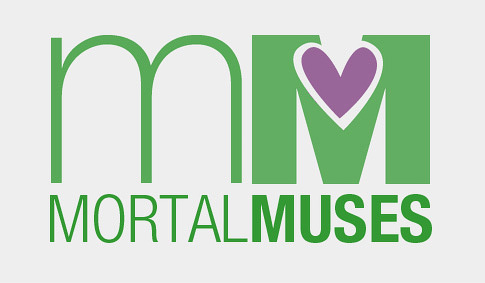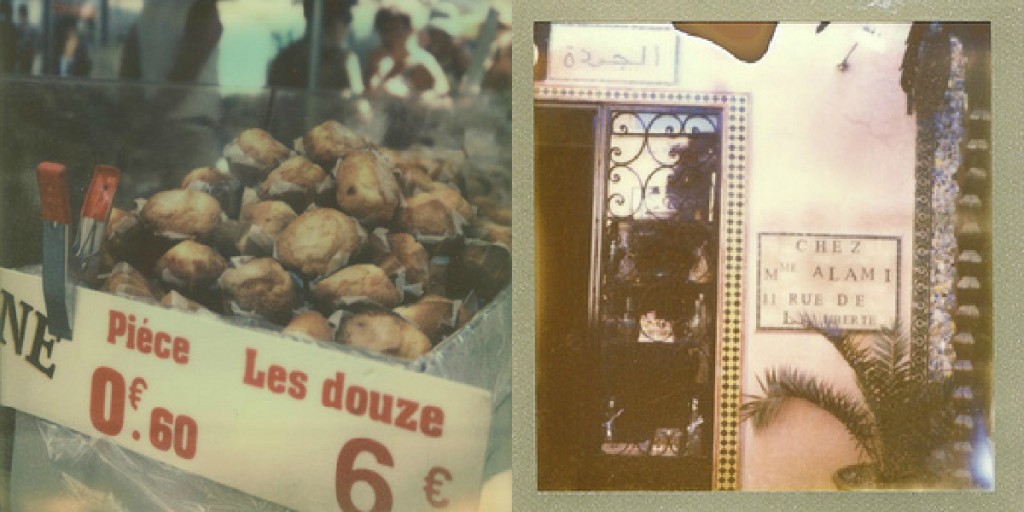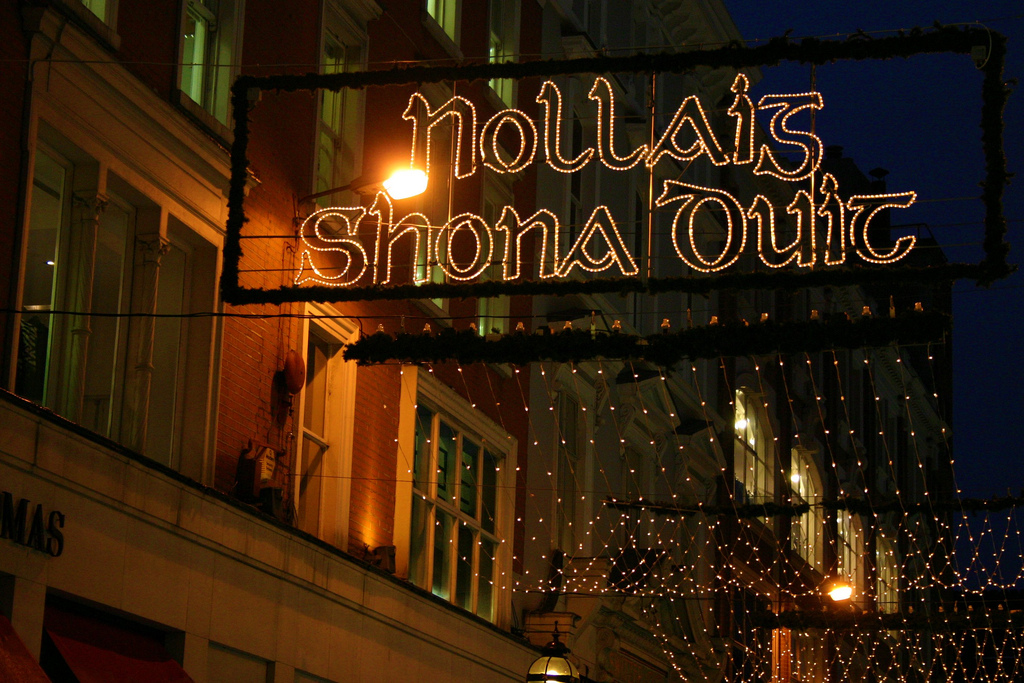When I first read David duChemin‘s book Within the Frame, I was particularly struck by his concept of shooting language. He makes the point that languages and letters are both interesting visual elements in themselves and informational clues to where an image was taken.
As a linguist by training and inclination, I love this idea of capturing visually the illusive concept of ‘language.’
Language has no existence outside our minds. The words we speak, the letters we write and the cultures we create through language are the products of our unique mental linguistic ability.
Thus shooting language is about much more than telling the viewer where an image was taken. By adding language to our photographs, we illustrate the cultural and social history of the places we move through, and we celebrate the fact that our mental facility for language is something we share as human beings, no matter where we happen to be born and what language we speak.
Written Norwegian comes in two different versions. This sign is written in nynorsk, which was created as a Norwegian way of writing in the mid-19th century, as a reaction to the Danish language during the period when Norwegian nationalism was at its highest (we were given from Denmark to Sweden in 1814, and only gained our independence in 1905).
The word frihed here – ‘freedom’, ‘liberty’ – is in fact so old-fashioned bokmål it’s practically Danish (bokmål is the other written standard we have, and is in fact a Norwegianised version of Danish). The word is from a series of quotes by famous 19th century playwright Henrik Ibsen cut into the pavement of the main street of Oslo.
Many Westerners live in what we think of as monolingual societies. This goes back to the idea of “one nation, one language” prevalent in European 19th century nationalism. Thus it is easy to forget both all the minority languages – Irish, Welsh, Breton, Kven, Sami… – and the fact that more and more of us are able to function bilingually in our native language and English.
I took this image in the middle of the city centre of Oslo, but it could just as well have been shot anywhere in Europe or Northern America. When I posted it on my blog, Debra told me she had seen the same sign in a store in Canada! So not only does English have a strong colonial past, it is even now spreading through the world through the internet, as a business language and through the dissemination of American culture.
In the same way, Kirstin‘s image below could have been taken almost anywhere.
Much the same thing seems to be the case with French. I can tell from the Euro signs that Meghan‘s image (to the left) is most likely taken in France, but without those it could just as well have been from Switzerland or an Arab country. Compare Debra‘s image from Morocco to the right, which includes Arabic script to tell us more specifically where in the world we are than the French by itself would have done.
1. at the market in St. Remy de Provence, 2. New City Marrakesh
Ireland is another country often thought of as monolingual, but once you visit, you will notice a lot of signs in both English and Irish, and there still remains a core of Irish speakers in an otherwise English-speaking country.
The list could go on and on, so do tell me – what languages are you surrounded by? Have you captured them in your images, and what linguistic stories do your images tell?



![Happiness is a way of life. [shooting language]](http://farm6.staticflickr.com/5260/5549510813_23a0b95769.jpg)



I love this. I have been out and about today with my camera and I am not sure if I captured any bi-lingual signs or not. I live in South Wales so see sigs in both English and Welsh everyday. Now I will have a reason to upload the shots and have a look through.
Love this post Jenny! I don’t naturally think of shooting signs or words when I’m out or travelling but looking at them I agree that they really add a sense of place. I’m going to start keeping my eyes more tuned to the words around me.
Beautiful thoughts Jenny, as a graphic designer, i’m almost always aware of the type around me. It’s amazing how it changes when you cross borders. Thank you for this wonderful post!
I think the combo of language and photography is fascinating. I love how you incorporated languages from around the globe. Awesome!
Excellent post. I am drawn to typography, but rarely think to include it in my photography. Next time I’m out and about with my camera I will certainly look for opportunities to include this in my photos.
What a unique and wonderful post Jenny! I really enjoyed reading this.
I love the way this post has made me see my city in a new way!